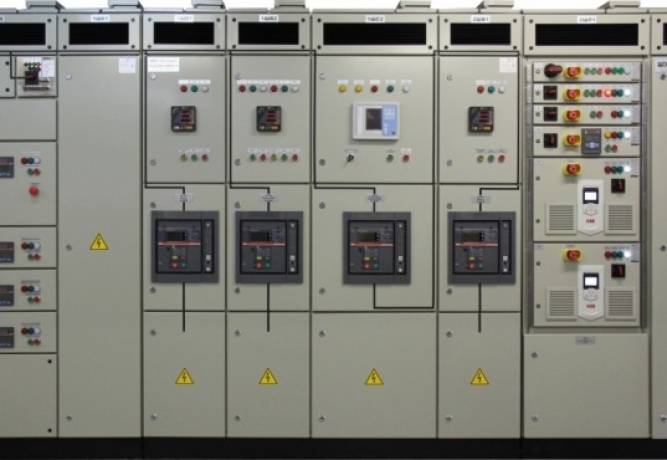
Low-voltage complete devices are designed to receive and distribute three-phase alternating current with a frequency of 50 and 60 Hz, voltage of 0.4 kV. These devices are used to automate the work of consumers and protect them from emergency modes.
Low-voltage complete devices include a number of typical types of equipment, including:
- switchboard (intended for input, distribution, metering of electricity, protection of electrical circuits during overloads and short circuits in power installations of residential, public, industrial, administrative and other outbuildings);
- the main switchboard (designed for full or partial redundant supply of electricity, three-phase alternating current with a rated operating voltage of 380 V and a frequency of 50 Hz in public and industrial buildings);
- an input-distribution device (intended for the reception, metering and distribution of electrical energy in electrical installations of residential, public and industrial buildings);
- control cabinet (designed for switching power circuits, control circuits and control of actuators of process equipment, protection against short circuits and overcurrent).
In one low-voltage complete device, the methods of arrangement and the types of used devices, instruments and devices can be combined.
|
Cabinets of own needs of alternating current for substations with voltage up to 750 kV |
Shields for own needs of direct current for substations with voltage up to 750 kV |
|
NKU modular design. Blocks of control of squirrel-cage induction motors of the BM5040 series |
Input devices UVRU-Ya-12 (VRU8-1N) |
|
Assemblies of CSATO (RTZO-88) |
Switchgears VRU8-2N (UVRU-Ya-42) |
|
Boxes of control of UVRU-Ya-32 (Y5000) |
Control panels UVRU-P-31 (PRP-9) |
|
Non typical low-voltage complete devices |
Systems of operative direct current |